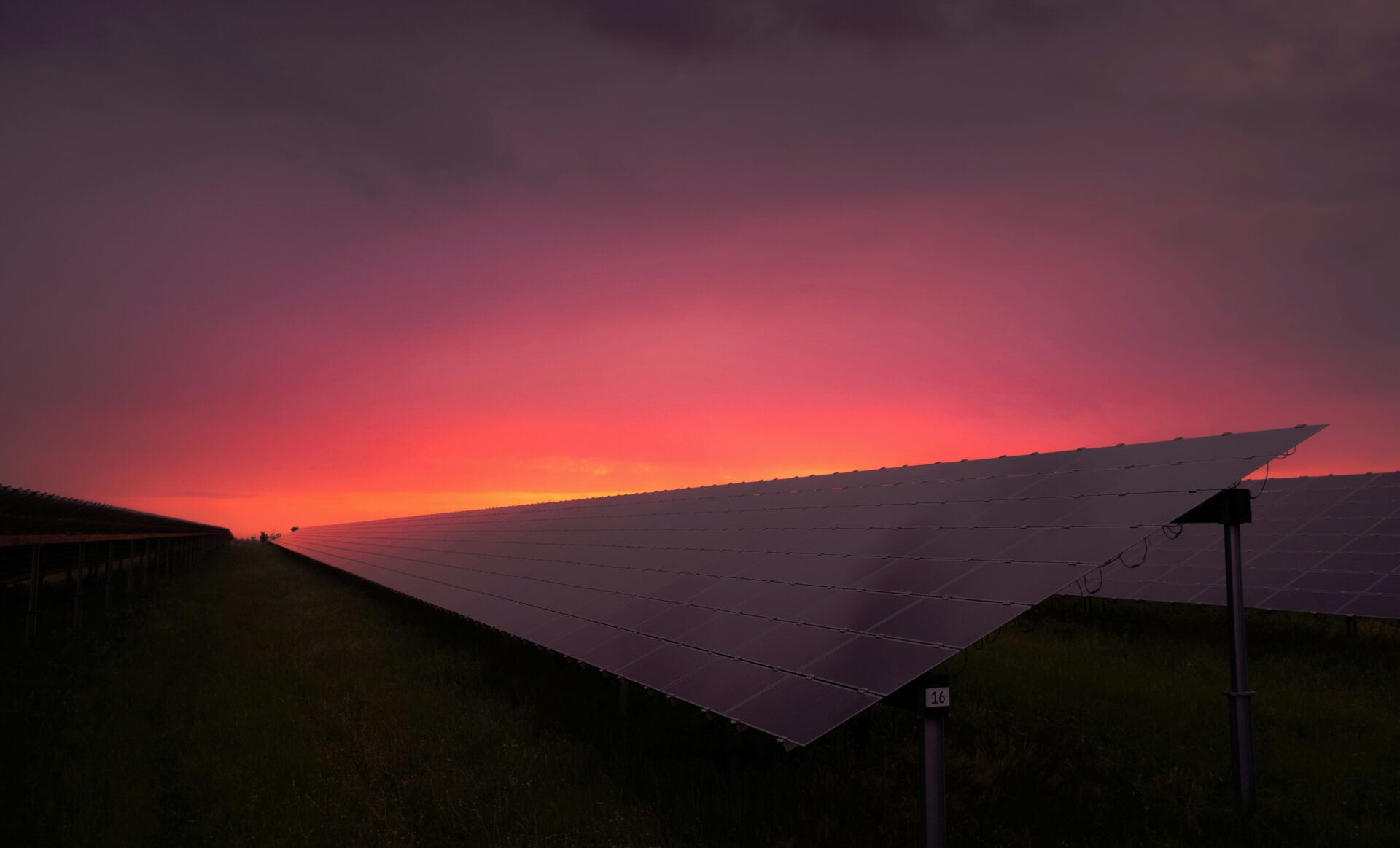Buying green energy in China has never been more strategic
For companies committed to climate targets, consuming renewable electricity is an interesting option. As mentioned in our last newsletter, companies operating in China have different options: direct contracts (PPAs), green attribute certificates (GECs), or self-generation. Yet not everything marketed as “green” is necessarily eligible for carbon accounting or compliant with local rules.
Buying a certificate, believing one contributes to decarbonization, but then having it rejected during an audit is possible. This is the risk this article highlights. At the same time, China is tightening its rules — and this trend seems to be irreversible.
One simple rule: Only Chinese GECs count
Since August 2023, China has made it clear: the Green Electricity Certificate (GEC) is the only official proof of renewable electricity consumption. To be recognized, it must be issued and cancelled via the national platform managed by the National Energy Administration (NEA), and it must be linked to actual consumption that is geolocated and dated.
By contrast, I-RECs (International Renewable Energy Certificates), once used, were definitively withdrawn from the Chinese market as of 31 March 2025. They are no longer admissible before local authorities nor for reporting under international standards.
Under the GHG Protocol, the rule is clear: to declare renewable consumption under the “market-based” method, six criteria must be met, including attribute cancellation, geographic matching, and full traceability documentation. Chinese requirements are now aligned with these standards. They are strict, digitally recorded online and verifiable.
Using green energy is encouraged if not imposed
Since 2024, several Chinese provinces have moved beyond encouraging green consumption: they have started mandating it.
Mandatory quotas have been imposed on the highly energy-intensive aluminum industry. In Yunnan, Qinghai and Sichuan, producers must ensure that at least 70% of their electricity comes from renewable sources, leveraging abundant hydropower resources. In Shandong, the threshold is 21%. These targets come from provincial mechanisms deriving from national regulations (Measures for the Administration of Renewable Energy Power Quotas and Assessments, NDRC, 2024).
Such requirements are expected to extend to other strategic sectors — cement, data centers, heavy chemicals — in line with policies already introduced by the NEA and NDRC. National pressure is also rising: according to an official NEA notice of March 2025, companies and data centers must, by 2030, consume a share of renewable electricity at least equal to the national average RPS (Renewable Portfolio Standard) targets.
(Source: https://www.nea.gov.cn/20250318/9d59e7bf731f4cd0830b125f6223b401/c.html)
Traceability, compliance, anticipation
In this context, buying a GEC is not enough: one must also prove its link to actual consumption. The certificate must have been registered, cancelled, and associated with a clearly identified consumption site. Each step must be documented, especially when using unbundled certificates (purchased separately from electricity) rather than bundled certificates (linked to a PPA).
It is also important to note that GEC trading may be influenced by regional dynamics. While national circulation is encouraged, regional fragmentation and transmission bottlenecks can still create price disparities. Buyers may need to register directly with provincial power exchanges (e.g., Beijing, Guangzhou, or Inner Mongolia for interprovincial trading) or rely on agents for procurement.
OPERATIONAL CHECKLIST: HOW TO DECLARE GECS
| Step 1 – Eligibility & registration | •Verify project eligibility (renewable source, commissioning after the cut-off date — e.g., within the past 15 years to align with RE100 criteria). •Register the site or contract on the NEA national platform. |
| Step 2 – Purchase, cancellation & allocation | •Purchase GECs on the platform (or via bundled contract). •Cancel certificates in the NEA system. •Link each GEC to a specific consumption site and period. Bundled vs. Unbundled GECs Bundled: purchased with electricity (e.g., PPA or integrated contract). Unbundled: purchased separately. → Both formats are valid, but bundled GECs are considered more robust in case of audit under the GHG Protocol. |
| Step 3 – Archiving & reporting | •Retain evidence of purchase, cancellation and allocation. •Document the link between production site, consumption site and usage period. •Keep NEA portal screenshots, receipts and audit evidence. This request is facilitated by the fully digital nature of the GEC system, which uses advanced technologies to ensure reliable issuance and transactions. |
It is this documentary discipline that will allow recognition under CSRD, SBTi or GHG Protocol audits. It is now a prerequisite for non-financial transparency.
ESG: From Voluntary to Mandatory
Another new NEA requirement: starting in 2025, renewable electricity consumption must be included in the ESG reports of listed companies.
While the policy is effective immediately, the first mandatory ESG reports (ie, covering 2025 data) are expected from April 2026.
This transparency requirement shifts GECs from optional to a structured reporting framework. Companies will now be required to disclose their renewable electricity share with supporting evidence. This marks a regulatory turning point: no proof, no climate credibility.
A Strategic Moment to Act?
Chinese authorities have officially recognized that the current GEC price is undervalued. In its March 2025 directive, the NEA announced the creation of an official price index, a strengthened market oversight, and a plan to raise certificate prices to a “reasonable” level, better reflecting their environmental value.
Public purchase support is not mentioned explicitly, but the combination of these measures with the growing obligation to consume green electricity is already pushing prices up. Between February and April 2025, the average GEC price more than doubled.
For committed companies, 2025 could be the ideal moment to secure volumes at still-accessible prices. While short- and medium-term volatility is likely, price stabilization is expected around 2027, at higher levels, once mandatory GEC purchasing becomes fully operational.
Buying green in China is possible. But it cannot be improvised.
For more information, contact Marion Tuduri (m.tuduri@leaf-legal.com), the author, or Bruno Grangier (b.grangier@leaf-legal.com).
To read the french version: PEUT-ON VRAIMENT ACHETER DE L’ENERGIE VERTE EN CHINE ? | LinkedIn
This publication is for informational purposes only and does not constitute legal advice. It is based on publicly available laws and regulations.






